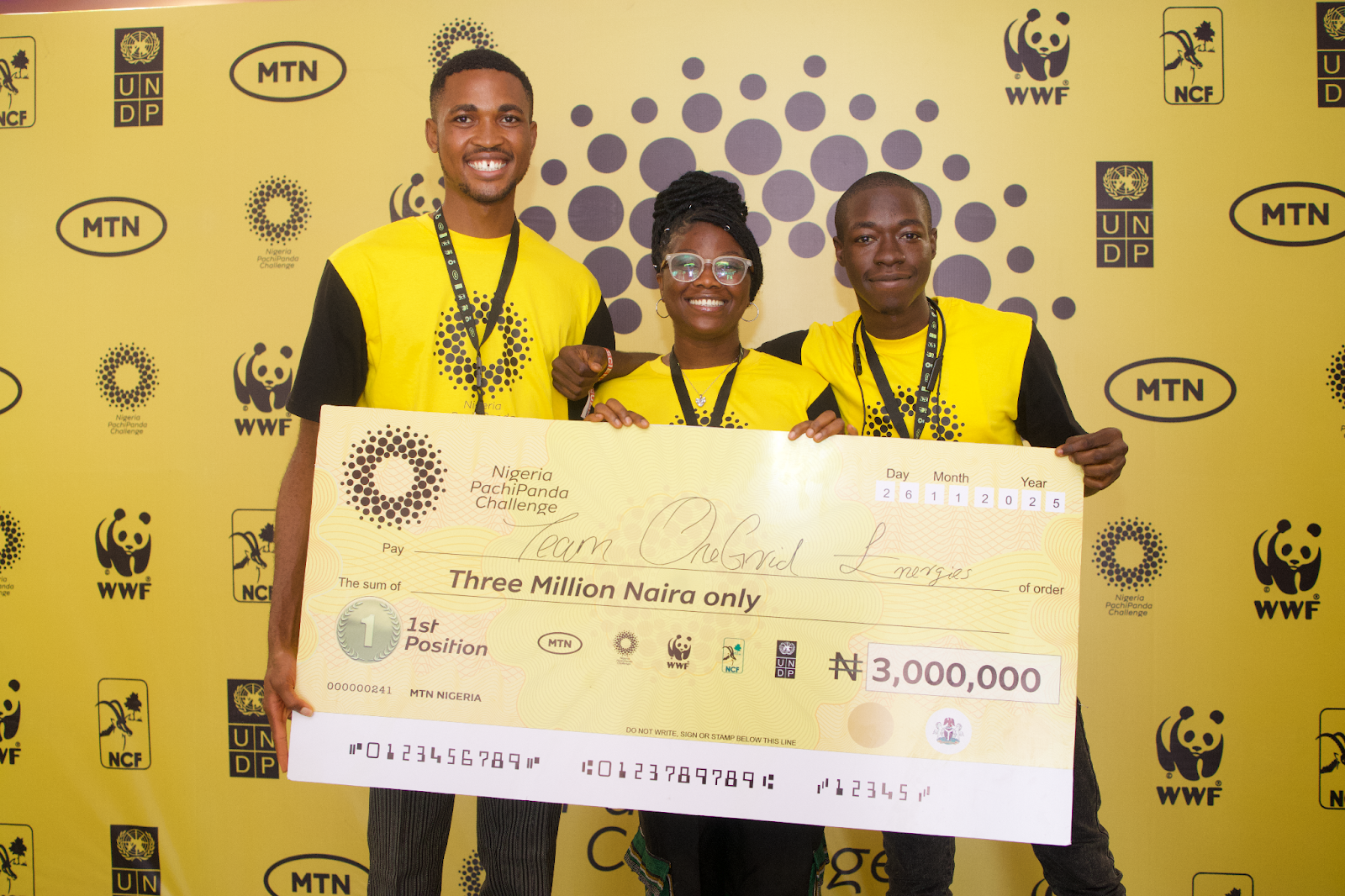Telecom
How Unstructured Data Can Help Companies Thrive in the AI Era

By Linda Saunders, Director Solutions Engineering Africa
Every organisation is racing to unlock the power of AI to improve its sales and service experiences. But great AI requires data.

Linda Saunders
Traditionally, companies have handled data that is found in structured formats, with rows and columns, including customer engagement data gathered through CRM applications. Every business also has a huge amount of information trapped in “unstructured” data, in formats such as documents, images, audio and video recordings. This unstructured data could be highly valuable, providing businesses with AI insights that are more accurate and comprehensive because they are grounded in customer information.
Many organisations want a holistic customer view, but have lacked the technical ability to see, access, integrate, and make use of their unstructured data in any trusted way. With the power of large language models (LLMs) and generative AI, they can now do just that.
To win in the AI era, successful organisations will need to build integrated, federated, intelligent, and actionable solutions across every customer touchpoint while also reducing complexity.
This starts with the capability to effectively tap into unstructured content, gather knowledge, index the data efficiently, and pull insights from every department.
Helping AI to better know and serve customers
When a customer needs help with a recent purchase, typically they start the conversation with the company’s chatbot. For the experience to be both relevant and positive, the entire exchange needs to be grounded in that customer’s data, such as their recent product purchase, warranty information, and any past conversations they’ve had. The chatbot should also be tapping into company data, such as the latest learnings from other customers who have bought similar products and internal knowledge base articles.
Some of this information might reside in transactional databases — structured information — while the rest might be in unstructured files, such as warranty contracts or knowledge base articles. Both types of data need to be accessed, and the right data needs to be utilised. If not, the exchange with the chatbot will be at best frustrating and at worst inaccurate.
Obtaining the best and most accurate AI responses requires augmenting LLMs with proprietary, real-time, structured and unstructured data from within a company’s own applications, warehouses, and data lakes.
An effective way of making those models more accurate is with an AI framework called Retrieval Augmented Generation (RAG). RAG typically enables companies to use their structured and unstructured proprietary data to make generative AI more contextual, timely, trusted, and relevant.
Ensuring relevancy, whatever the scenario
Combining all your customer data, structured and unstructured, into a combined 360-degree view will ensure customers have the most relevant information for any enterprise scenario.
Financial institutions, for example, can use it to provide real-time information on market or financial data to their employees, who can take that information and blend it with a customer’s own unique banking needs to give them actionable advice based on their situation.
Many companies are exploring the use of RAG technology to improve internal processes and provide accurate and up-to-date information to advisors and other employees. Offering contextual assistance, ensuring personalised support, and continuously learning will improve efficiency decision-making across their organisation.
For organisations preparing their data for AI, first, they have to know where all of their data is and understand its quality – and whether it is good enough for their generative AI models. Second, they have to ensure their data is fresh, relevant, and retrievable, so they can combine structured and unstructured data for the best outputs. And thirdly, they have to activate that data across their applications and build the right pipelines so RAG can pull that data when prompted and provide the answers they need.
Telecom
Airtel Africa Foundation Celebrates International Volunteer Day, Honours Employee Volunteers

Airtel Africa Foundation, through Airtel Nigeria, has marked International Volunteer Day 2025 by celebrating the impact of the Employee Volunteer Programme (EVP), a flagship initiative by which employees volunteer their time, expertise, and personal resources to advancing the Foundation’s mission across 14 African markets.

The celebration brought together volunteers at the Airtel Nigeria Headquarters in Lagos for moments of team bonding activities, testimonials, and volunteer spotlights. The event also served as a call to action, encouraging more employees to register for EVP activities and join the volunteer community.
The EVP has become a cornerstone of Airtel Africa Foundation’s community impact, empowering employees to drive local CSR initiatives and champion causes that promote education, digital skills, environmental responsibility, and youth empowerment. Through the programme, volunteers have contributed significantly to initiatives such as the International Day of Education Essay Competition, Teacher-for-a-Day sessions, beach clean-ups, market sensitisation exercises to reduce plastic waste, and the Airtel-3MTT NextGen Fellowship for young Nigerians.
Speaking about the celebration, Dinesh Balsingh, Airtel Nigeria Chief Executive Officer, said, “International Volunteer Day reminds us that real impact begins with people who are willing to show up and serve. Today we honour the incredible dedication of Airtel employees, whose selfless commitment of time and talent is the engine behind our progress. Their contribution is the backbone of our work and the reason we continue to transform communities across Africa.”
Over the years, the EVP in Nigeria has delivered tangible outcomes through numerous impactful initiatives such as financial donations to the Lagos State Government COVID-19 control efforts. In 2025 alone, volunteers have contributed more than 200 hours of service, reaching over 100,000 beneficiaries.
Commenting on the commitment of Airtel Nigeria’s employees, Femi Adeniran, Director, Corporate Communications & CSR, said, “Volunteering is at the heart of who we are. Behind every empowered learner, every restored environment, and every connected community is an individual who believed in making a difference, and we are thankful for your participation. Our mission remains clear: to use technology, resources, and our collective humanity to build a digitally inclusive, socially responsible, and sustainable Africa.”
International Volunteer Day provides a global moment to honour volunteers whose contributions often go unseen but deliver lasting impact. As its EVP continues to grow, Airtel Africa Foundation remains committed to expanding access to education, digital literacy, environmental care, and opportunities for underserved communities across the continent.
Telecom
Nigeria Dominates 2025 TikTok Sub-Saharan Africa Awards with Six Wins

Nigerian creators have emerged dominant at the 2025 TikTok Awards for Sub-Saharan Africa, winning six of the ten categories at the ceremony held in Johannesburg, South Africa.

TikTok Sub-Saharan Africa Awards
The awards, themed “New Era, New Icons”, celebrated outstanding creativity across the continent, with Nigeria’s victories underscoring its growing influence in digital culture and entertainment.
Raja’atu Muhammed Ibrahim, known as @diaryofanortherncook, from Sokoto, won the prestigious Creator of the Year Award, recognised for her cinematic storytelling of Northern Nigerian cuisine. Abuja-based Brian Nwana (@briannwana) clinched Storyteller of the Year, while Izzi Boye (@izziboye) was named Education Creator of the Year.
Other Nigerian winners included Belove Olocha (@beloveolocha) for Entertainment Creator of the Year, Dejoke Ogunbiyi (@noositiwantiwa_) for Social Impact Creator of the Year, and Crown Uzama, popularly known as Shallipopi (@theycallmeshallipopipp), who took home Artist of the Year.
Shallipopi, whose hit track “Laho” dominated African soundwaves in 2025, thanked TikTok for supporting upcoming artists and providing a platform to shine. “When Nigeria creates, the world moves,” he told fans during his acceptance speech.
TikTok’s Head of Content Operations for Sub-Saharan Africa, Boniswa Sidwaba, praised the winners, noting that Nigerian creators had redefined what it means to be a digital storyteller. “Tonight’s ceremony was a gathering of trailblazers who turned short video clips into cultural movements,” she said.
Other winners from across the continent included Tanzania’s Fanuel John Masamaki (@zerobrainer0), who won Video of the Year, Kenya’s @tunero_animations as Rising Star of the Year, South Africa’s @malumfoodie for Food Creator of the Year, and Kenya’s @zozasportscast for Sports Creator of the Year.
The ceremony, supported by brands such as NIVEA, Coca-Cola, PEP, inDrive and Dis-Chem, will be broadcast exclusively on TikTok LIVE on Dec. 11 at 19:00 WAT via the @tiktok.africa account.
Telecom
MTN Nigeria Announces Winners of the 2025 Nigeria PachiPanda Challenge

MTN Nigeria has announced the winners of the 2025 Nigeria PachiPanda Challenge, a national innovation programme delivered in partnership with Worldwide Fund for Nature (WWF) through its local partner, the Nigerian Conservation Foundation (NCF), and the United Nations Development Programme (UNDP) Nigeria.

L – R: Promise Ogochukwu, OneGrid Energies; Emmanuel Ezea, OneGrid Energies, Lantana Elhassan, Head of Exploration, Accelerator Lab, UNDP Nigeria; Valentine Nnamani, OneGrid Energies; trio winner of the MTN 2025 Pachipanda Challenge, held at MTN RoofTop Plaza, Ikoyi.
The competition attracted over 2000 applications from young innovators across the country and concluded with a 3-day sprint event that featured masterclasses and pitch presentations at the MTN Rooftop Event Centre, Falomo, Ikoyi, Lagos. Ten finalists, comprising seven individuals and three teams, competed for top honours following a rigorous multi-stage screening process.
Team OneGrid Energies emerged overall winner for its solution that addresses energy access in underserved communities. The team of Emmanuel Ezea, Ogochukwu Ogene, and Valentine Nnamani upcycle plastic bottles and e-waste lithium ion batteries to create affordable lanterns for households without reliable electricity. The team also introduced smart solar-powered charging stations operated by rural women, creating economic opportunities and supporting environmental impact.
Joshua Ndaman secured second place with his innovative solution, BuyScrap, a tech-driven platform that streamlines the collection and recycling of electronic waste. By ensuring that discarded electronics are ethically reused and repurposed, BuyScrap supports a circular economy and provides a reliable link between households and processors in the e-waste value chain.
Divine Peter secured third place with HopeForge Engineering, an initiative that designs and produces affordable recycling equipment for green businesses using recyclable materials. His focus on automating traditional manual equipment aims to increase productivity and make sustainable tools more accessible for small and medium-sized enterpriOlayinkases.
The winners received ₦3,000,000, ₦2,000,000, and ₦1,500,000 respectively. They will now represent Nigeria at the Africa PachiPanda Challenge where they will compete against champions from across the continent.
Tobe Okigbo, Chief Corporate Services and Sustainability Officer at MTN Nigeria, emphasised the importance of youth-led innovation in advancing climate action and community resilience. “Innovation should go beyond solving problems; it should be bankable and sustainable, ensuring long-term value for both society and the innovators themselves,” he noted.
Dr. Joseph Onoja, Director-General of NCF, praised the creativity of the finalists, stating, “Every finalist here is a winner, and we will continue to work with partners like MTN, UNDP, and WWF to nurture these ideas and build a better future for Nigeria.”
Representing UNDP Nigeria, Lantana Elhassan, Head of Exploration, Accelerator Lab, described the potential of the finalists’ solutions to inspire systemic change across Africa’s innovation landscape. She highlighted the role of tech tools in helping participants improve their prototypes and scale their solutions.
During the event week, finalists received tailored training through masterclass sessions that enhance their business skills and strengthened their solutions. Facilitators included Bankole Oloruntoba, CEO, Nigeria Climate Innovation Centre (NCIC); Chinwe Udo-Davis, Founder & CEO, Instollar; Nifemi Oluboyede, Chief Product Officer, Credit Direct; and Uche Aniche, Founder, Rebel Seed Capital & Convener, Startup South.
Judges comprised experts in sustainability and innovation including Dr. Tiwalade Adeniyi, Head of ESG, Solon; Dr. William Tsuma, Chief Innovation Officer, UNDP Nigeria; Maximus Ugwuoke, Country Director, Carbon Craft Africa; Peju Ibekwe, CEO, Sterling One Foundation; Temitope Okunnu, Founder, Fabe International; and Yewande Adeyi, Senior Manager, ESG Advisory Services, KPMG West Africa.
The Africa-wide finals will bring together leading innovators from across the continent to showcase their work to industry experts and investors.
For more information and updates on the winners’ journey, visit https://www.mtn.ng/sustainability or contact [email protected]

 Telecom1 day ago
Telecom1 day agoNigeria Lacks AI-Ready Data Centres, Trails in Capacity – Nnamani

 E-Financial1 day ago
E-Financial1 day agoCAC to Shut Down Unregistered PoS Operators by January 2026

 Telecom1 day ago
Telecom1 day agoAnambra Leads Southeast in Digital Governance Under Soludo’s ICT Agenda

 General News1 day ago
General News1 day agoOptimus AI LABS CEO Showcases AI Breakthroughs in Nigeria’s Financial Sector

 General News1 day ago
General News1 day agoNiDCOM Launches Diaspora Startup Challenge to Boost Nigerian Talent

 General News1 day ago
General News1 day agoPromoPrint Rekindles Nigerian Resilience @ 25th Anniversary

 News19 hours ago
News19 hours agoLagos Launches Tele-Vet, Nigeria’s First Veterinary Call Centre

 E-Business1 hour ago
E-Business1 hour agoReport Reveals Half of 2025’s Compromised Passwords were Already Leaked
























